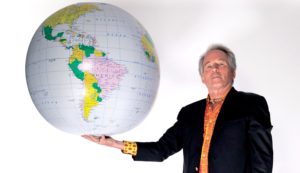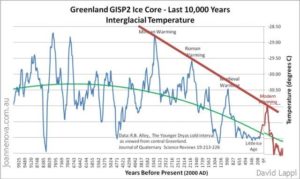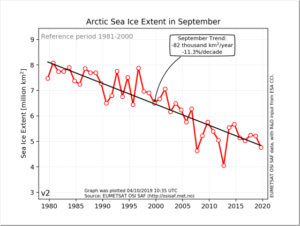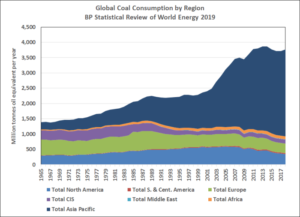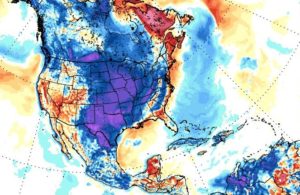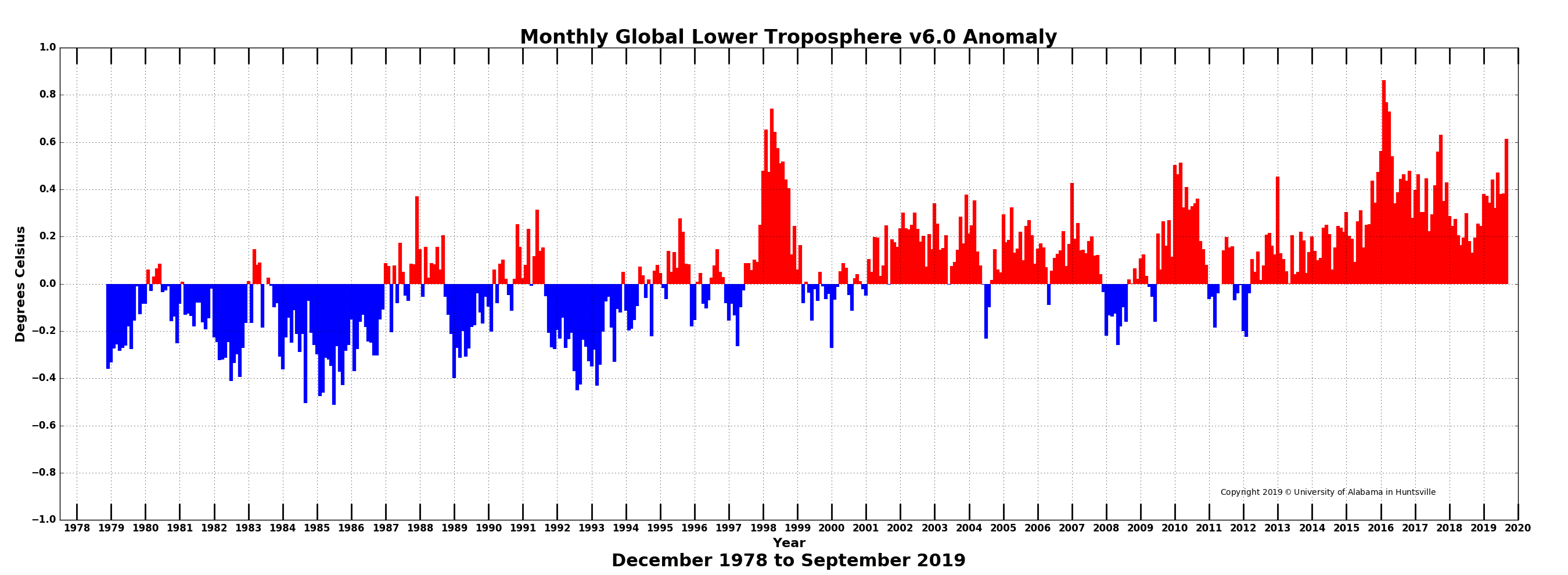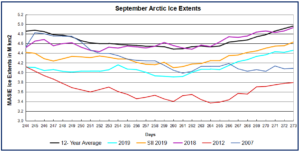by B. Peiser, October 11, 2019 in GWPF
London, 11 October: The Global Warming Policy Foundation (GWPF) has called on the Intergovernmental Panel on Climate Change (IPCC) to correct serious errors in its recent Special Report on the Ocean and Cryosphere in a Changing Climate.
In a letter to the IPCC, Dr Benny Peiser, the GWPF’s director, has highlighted a number of errors and misinterpretations in the IPCC’s report which are based, to a significant degree, on a flawed study which was recently retracted.
In his letter, Dr Peiser points out that the IPCC’s overall conclusion on ocean heat uptake
“is based to a significant degree on a paper by Cheng et al. (2019) which itself relies on a flawed estimate by Resplandy et al. (2018). An authors’ correction of this paper and its ocean heat uptake estimate was under review for nearly a year, but in the end Nature requested that the paper be retracted (Retraction Note, 2019).”
“While the [IPCC’s] conclusion that the rate of ocean heat uptake has increased in recent years may probably be right, the evidence you cite for there being ‘high confidence’ and ‘high agreement’ is rather doubtful due to your inclusion of flawed evidence of the retracted paper by Resplandy et al. (2018).”
What is more, there is also doubt about the IPCC’s conclusion that ocean heat uptake has been accelerating in recent years. According to its own report the overall ocean heat uptake between 0-2000 m was nearly 10% higher over 1993-2017 than over the second half of that period, 2005-2017, suggesting that OHU may have been declining slightly rather than accelerating over the last 25 years.
In light of these flaws, the GWPF is calling on the IPCC to correct the evident errors and reduce its confidence rating accordingly.
Letter to the IPCC (pdf)
https://www.thegwpf.org/content/uploads/2019/10/IPCC-letter-Oct2019.pdf?utm_source=CCNet+Newsletter&utm_campaign=67a9d80e1a-EMAIL_CAMPAIGN_2019_10_11_11_33_COPY_01&utm_medium=email&utm_term=0_fe4b2f45ef-67a9d80e1a-36415357&mc_cid=67a9d80e1a&mc_eid=b9fdc60fd9


 Figure 2. “The effects American ingenuity and new technology can have.”…
Figure 2. “The effects American ingenuity and new technology can have.”…